You're comparing suppliers and see wild claims: a cargo trike that goes 60 km/h or has a 70 km range. You feel pressured to buy the "best" specs but worry they are too good to be true.
An electric tricycle's range is most influenced by its battery quality and capacity (Ah), while its safe, realistic speed is determined by the vehicle's design purpose. Factors like load, terrain, weather, and driving style also significantly impact real-world performance.
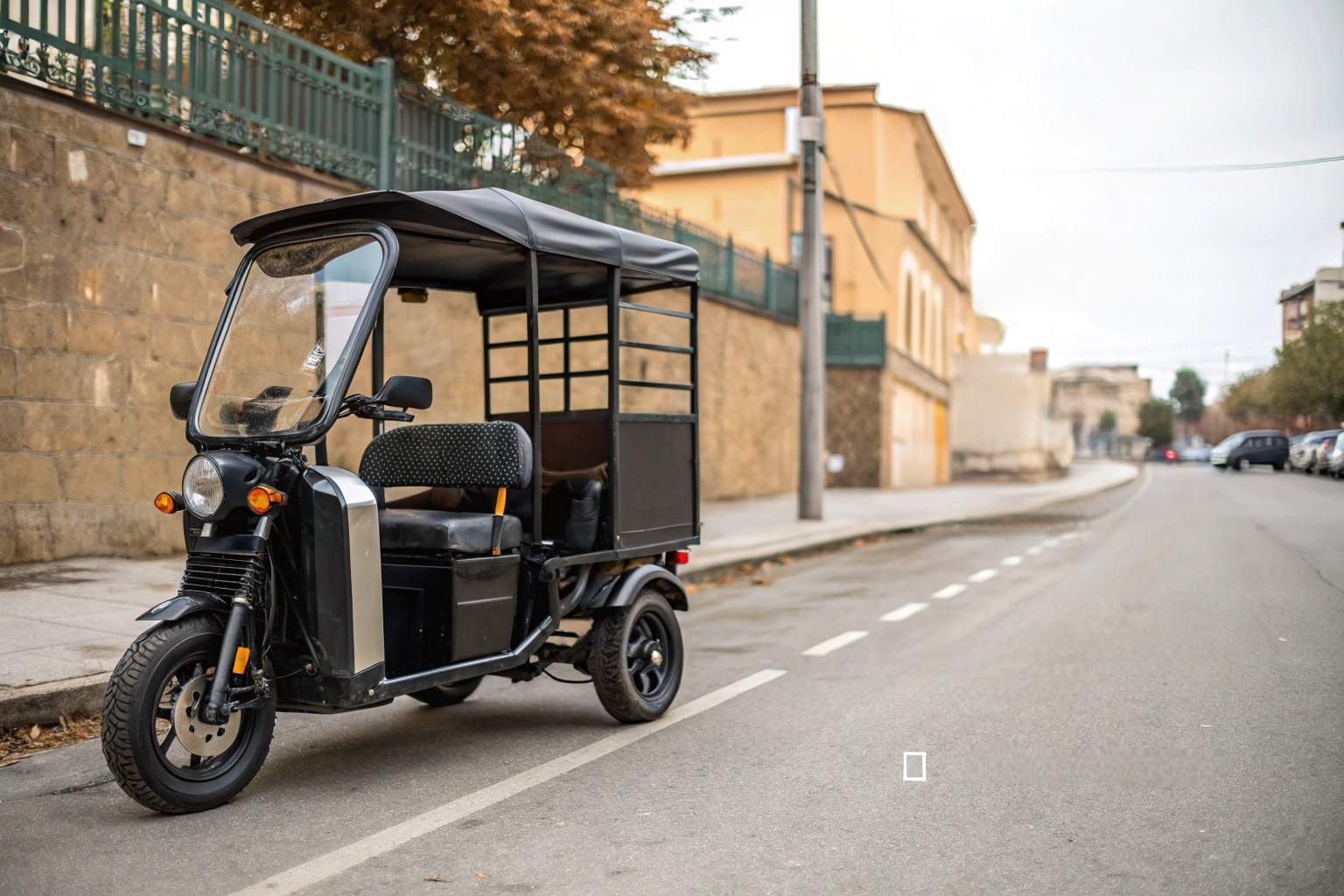
As a factory exporting these vehicles globally, we deal with questions about range and speed every day. The truth is, many numbers you see are either marketing exaggerations or based on perfect lab conditions that don't exist in the real world. Setting realistic expectations with your customers starts with understanding the real factors that control performance. Let's break down the science in simple terms.
How Do Battery Type and Capacity Influence E-Trike Range?
You see different battery options and technical terms. Choosing the wrong one means getting stuck with a trike that can't finish its route, leading to angry customer calls.
The battery is the fuel tank. A high-quality lithium battery with a larger capacity (measured in Amp-hours or Ah) will always provide a longer range and a much longer service life than a traditional lead-acid battery.
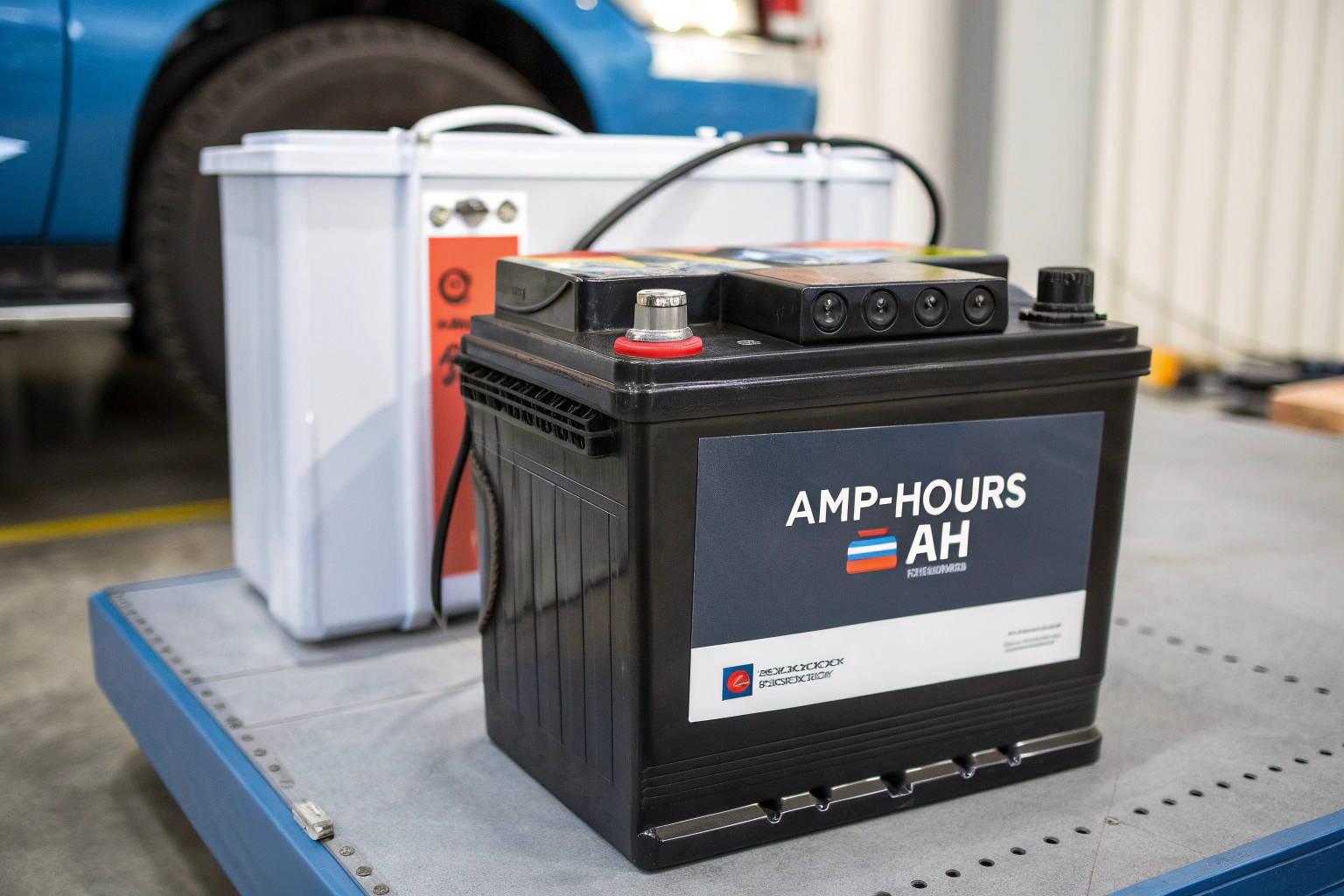
Before you consider anything else, you must start with a good battery. It is the foundation of your tricycle's performance. If the battery is low quality, no other factor matters. Here, the choice is clear: lithium batteries outperform older lead-acid technology in every important way for a commercial vehicle. While they cost more upfront, they are lighter, last 3-5 times longer, and deliver consistent power. The most important number to look at for range is the Amp-hour (Ah) rating. Think of Ah as the size of the fuel tank. A higher Ah number means more energy stored, which translates directly to more kilometers on the road.
| Battery Feature | Lead-Acid Battery | Lithium (LiFePO4) Battery |
|---|---|---|
| Real-World Range | Lower | Higher (by 30%+) |
| Lifespan (Cycles) | 300-500 | 1500-2000+ |
| Weight | Very Heavy | Much Lighter |
| Performance | Fades as discharged | Consistent Power |
Can You Trust the Speed Ratings of Electric Tricycles?
You see a supplier advertising a cargo tricycle with a top speed of 70 km/h. Is this a feature you should promote, or is it a major safety hazard?
No, you should not trust excessively high speed claims. These vehicles are Low-Speed Vehicles (LSVs) designed for safety, not speed. A cargo trike that can go faster than 45 km/h is dangerously unstable when loaded.
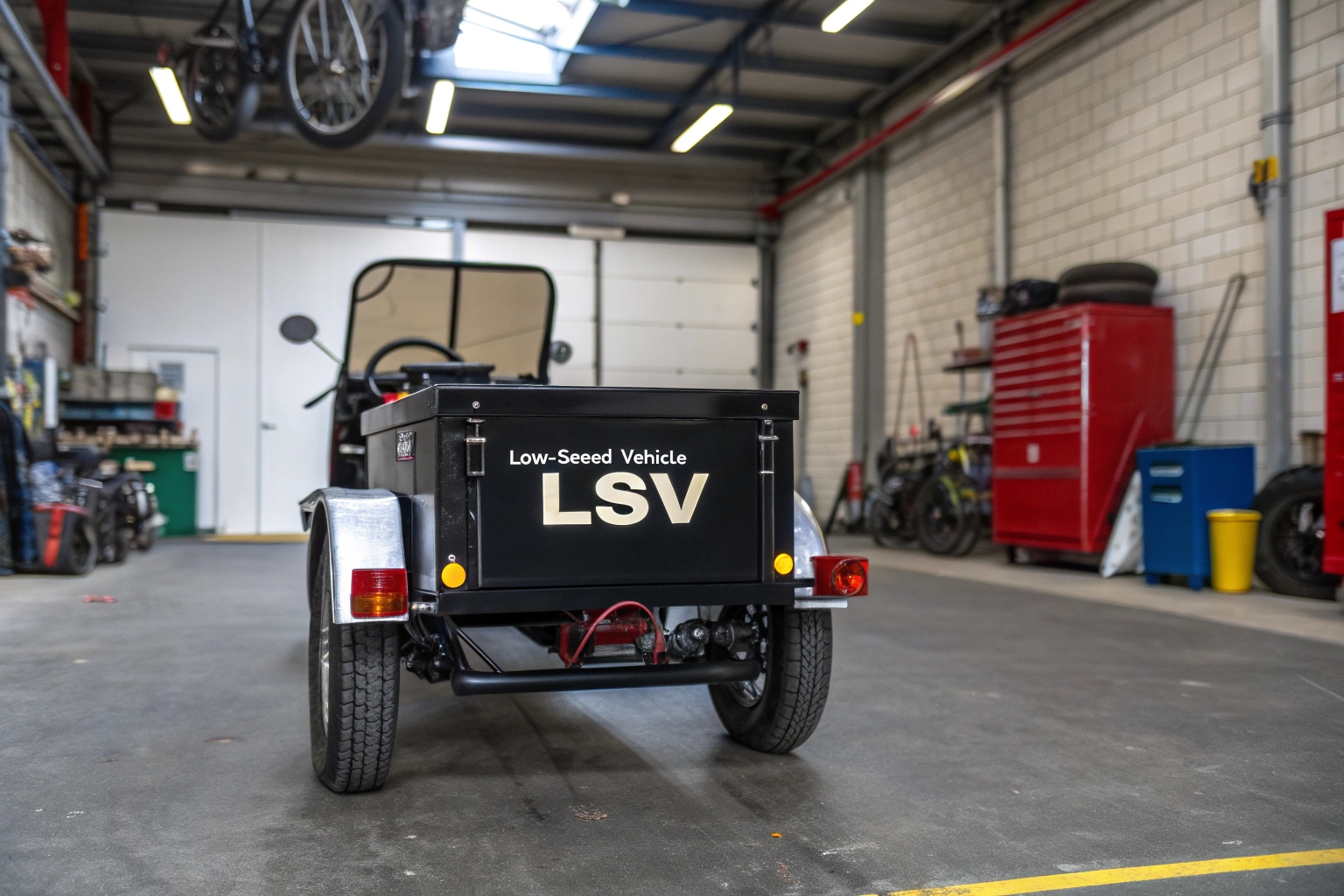
This is one of the most critical points for a dealer to understand. High speed is a bug, not a feature, in this vehicle class. The designs are optimized for stability and utility at low speeds. A manufacturer claiming very high speeds is either being dishonest—often by faking the speedometer display—or is building a vehicle that is unsafe. Think about trying to make an emergency stop in a cargo trike carrying 400kg. It's incredibly dangerous. We strictly engineer our vehicles for safe, realistic speeds based on their intended use. Be very suspicious of any factory that uses high speed as a primary selling point.
| Vehicle Type | Realistic & Safe Top Speed | Why This Speed is the Limit |
|---|---|---|
| Electric Cargo Trike | ~40-45 km/h | Loaded weight makes high-speed braking unsafe. |
| Electric Passenger Tuk-Tuk | ~50-55 km/h | Built for city traffic; higher speed is possible but not primary. |
| Enclosed Mobility Scooter | < 15 km/h | Designed for users with limited mobility; safety is paramount. |
How Do Load and Terrain Affect Range and Safety?
A customer takes their new cargo trike out on a delivery route. They complain that it only got half the advertised range. You worry the product is faulty.
Heavy loads and steep hills are the biggest range-killers. They force the motor to draw much more power from the battery, drastically reducing range. This extra weight also increases the distance needed to stop safely.
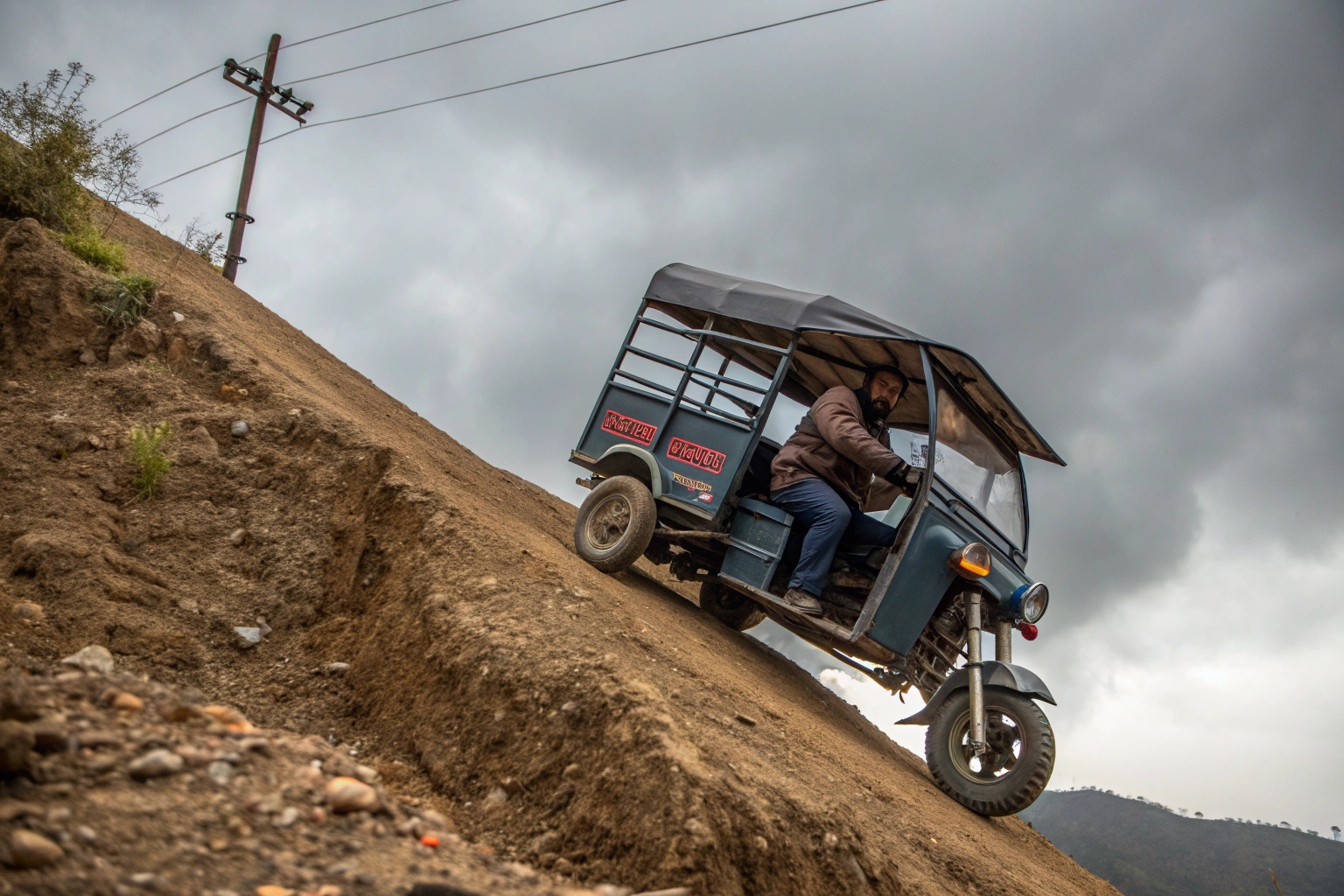
Think about riding a bicycle. Riding on a flat road is easy. Now, add a 100kg backpack and try to ride up a steep hill. You have to work much, much harder. The electric motor in a tricycle works the same way. The range numbers advertised by factories are almost always based on a single, light driver on a perfectly flat surface. In the real world, every kilogram of cargo you add and every hill you climb reduces the total distance you can travel. This is not a defect; it's physics. It's crucial to explain this to customers. For example, a trike that gets 80 km of range with just a driver might only get 50 km when fully loaded and operating in a hilly area.
What External Factors Reduce Range Besides the Battery Itself?
Your customer has a light load and drives on flat roads, but still isn't getting the expected range. Is there something wrong with the tricycle?
Beyond the battery, cold weather is the most significant external factor that reduces range. Aggressive driving habits and even low tire pressure will also drain the battery faster than necessary, cutting your distance short.
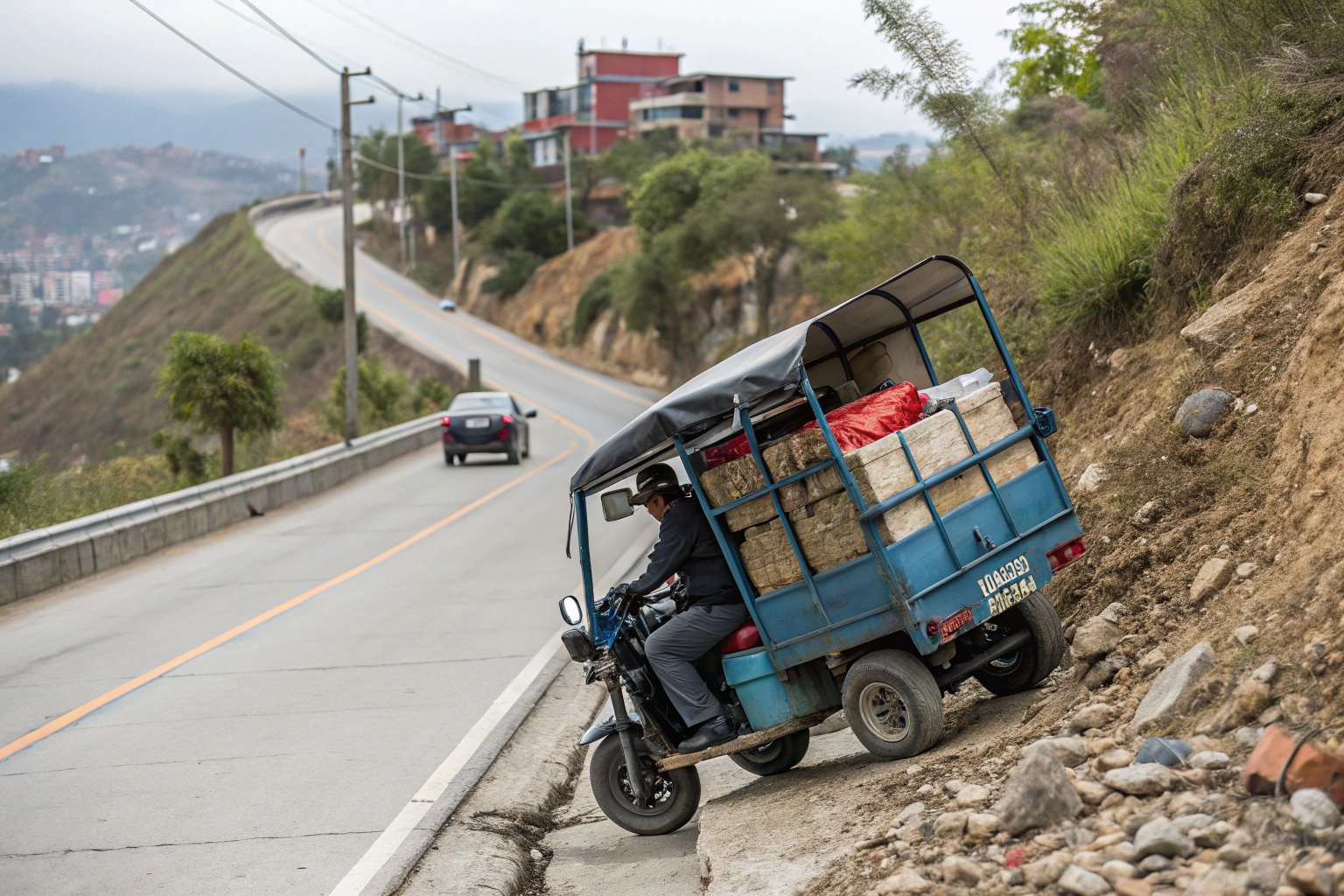
Once you have a quality battery and account for load and terrain, a few other elements can still affect your range. It's important to know them so you can give customers the right advice.
Cold Weather
This is a big one. Batteries are chemical devices, and they hate the cold. A battery that gives you 70 km of range at 25°C might only give you 50 km at 0°C. The battery isn't damaged; it just can't release its energy as efficiently when it's cold.
Driving Habits
Just like in a car, aggressive driving burns fuel. Constant fast acceleration and hard braking use far more energy than smooth, steady driving. Teaching users to accelerate gently and anticipate stops can add several kilometers to their daily range.
Tire Pressure
This is the easiest factor to fix. Under-inflated tires create more friction with the road (rolling resistance), forcing the motor to work harder to maintain speed. Keeping tires properly inflated is a simple way to maximize every charge.
Conclusion
A quality battery is essential, but real-world range and safe speed depend heavily on load, terrain, and usage habits. Understanding these truths helps you and your customers succeed.

